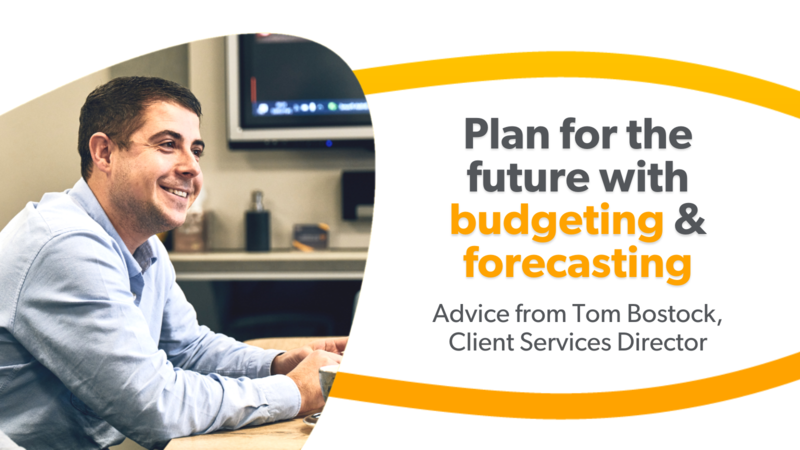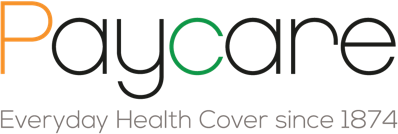
Budgeting and forecasting in the face of a recession
16 Jan 2023
Published in: Member News
Tom Bostock, Client Service Director at DJH Mitten Clarke gives advice on how to plan for the future as a result of the current economic uncertainty in the UK.
Up and down the country, businesses and consumers are starting to feel the squeeze, the result of a number of factors driving the current economic uncertainty facing the UK. Whilst casualties are inevitable, history suggests businesses who are least prepared, are typically the ones who will be most affected. Tom Bostock, Client Services Director at DJH Mitten Clarke shares his insights on how you can ensure your business is robust enough to weather the storm with accurate budgeting and forecasting.
Facing the challenge ahead
With inflation (CPI) increasing to 11.1% in October 2022, the Bank of England have been quick to apply the economic brakes with the Base Rate increasing from 0.25% at the start of Feb 22, up to 3.5% in December, analysts are forecasting a peak of 4.25-4.5% by mid-2023. With higher interest rates, and households under pressure from soaring living costs, the expectation is inflation will begin to fade but the economic lag may result in slower growth or the possibility of the UK heading in to a recession. It’s not all doom and gloom though, UK SME’s possess the ability to react quickly and make change to benefit from the opportunities a downturn can create. Incorporating forecasting and regularly reviewing performance against budgets should be a key part of managing your business. Once financial forecasts and budgets are in place, they become key to mapping strategy and making informed decisions over future performance and cash flow. It also allows you to scenario plan, acting as an early warning system, so that you can measure the effectiveness of decisions to fully understand the impact and consequences of change.
Tips for the forecasting process
There’s no getting away from the fact that the budgeting process takes a lot of hard work, but the benefits far out way the effort. To make life easier there’s a process you should follow.
1. Use data to make your assumptions
To make sure you can spot the challenges ahead, it’s key that assumptions are based on real data. Using tech and cloud-based accounting software, such as Xero, to ensure your data is live and up to date will make life a lot easier to drop in to forecast models and guarantee your assumptions are accurate. Any assumptions that you base your forecasts on should be revisited regularly such as sales trends, costs and industry trends.
2. Don’t over egg it
As lovely as it is makes you feel to be optimistic, when it comes to forecasting you should be conservative in your estimations, even more so in a challenging climate as it could end in disaster. Coming back to point one, if you’re using factual data your assumptions should provide you with a pretty accurate baseline, and ultimately, a relatively precise downside to help you plan for the worst.
3. Check your actuals vs budget
Your budget is only useful if you check your actuals against it. It will keep your business on track, measuring whether you’re where you thought you’d be. You’ll be able to make running adjustments, using forecasting apps is really useful for this as you can set up a constant flow of data from your accounting software, keeping your numbers bang up to date. You’ll then be able to update your forecasts throughout the year to reflect the changes and review budgeted costs against actuals to keep your overheads under control - with soaring costs this is more crucial than ever.
4. Scenario plan
Currently businesses face a lot of uncertainty, so it’s important to understand the cash flow impact on different scenarios giving you time to plan ahead should the worst case become a reality. This should involve forecasting different growth rates, staffing levels, cost increases, variances in debtor days or even look at the impact of losing your biggest customer. Running these types of scenarios is helpful in understanding the cash flow impact of change and provides management teams with the clarity to plan ahead and adapt your business to change.
5. Know your numbers
With all this in place, ultimately, you’ll have your finger on the pulse and have a real understanding as to how your business is performing in real time rather than 3 months too late. You’ll understand your margins and profitability, and the key performance indicators that influence cash flow. Plan for the future The good habits of budgeting and forecasting shouldn’t just be a New Year’s resolution, its best practice for running a business.
If you’d like a little help setting your budgets and creating forecasting models, or even discussing your existing budgets and how to manage change, then get in touch with DJH Mitten Clarke by calling 01922 633 666 or email Walsall@djhmittenclarke.co.uk.
Comments
Post A Comment
You must be logged in to post a comment. Please click here to login.








